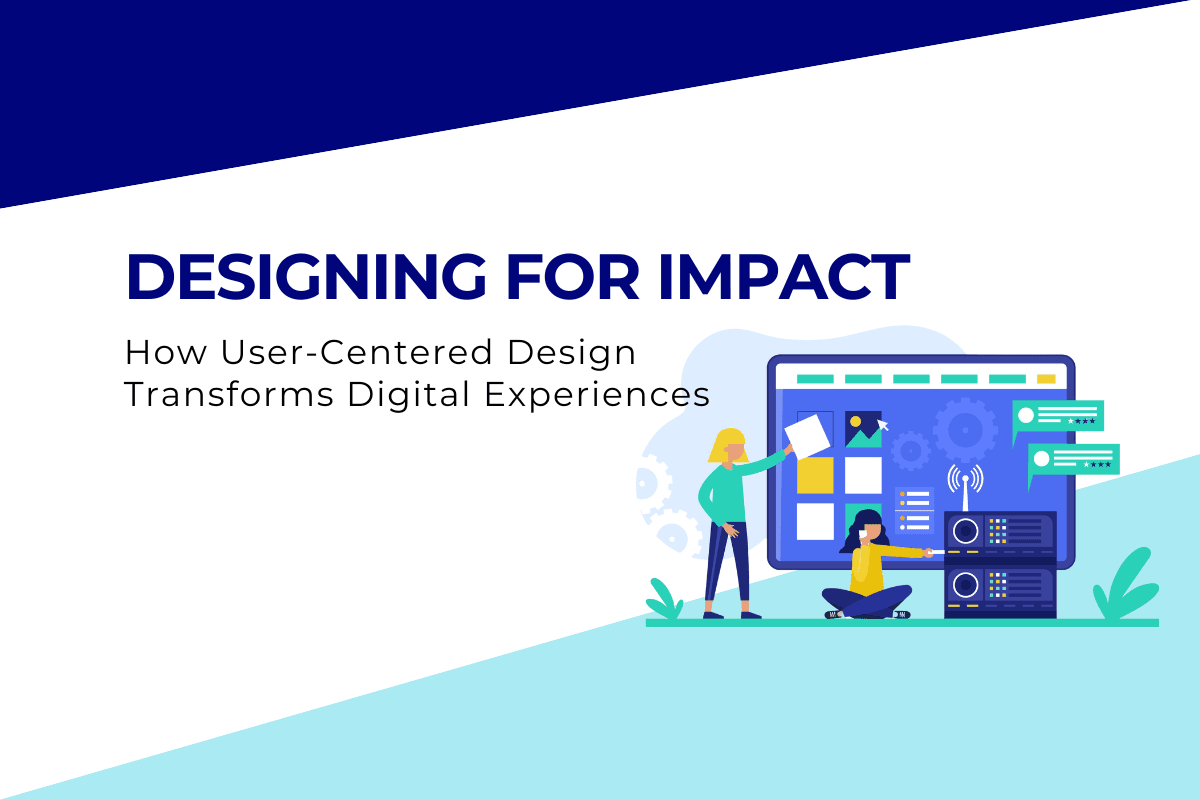Have you ever wondered why some apps feel so intuitive while others leave you frustrated? It all comes down to how well they’re designed with you, the user, in mind. In today’s competitive digital world, creating an engaging and practical user experience (UX) isn’t just a bonus—it’s essential. Whether you’re building a website, a mobile app, or any digital product, focusing on user-centered design (UCD) can make all the difference. By putting the user’s needs, preferences, and behaviours at the heart of the design process, UCD doesn’t just improve usability; it enhances the product’s overall appeal, ensuring it meets both user expectations and business goals. Curious to learn more? Let’s dive into what makes this approach so effective.
What is User-Centered Design?
User-centered design (UCD) is a framework that prioritizes the user’s requirements and goals throughout the design process. Unlike traditional design approaches that might focus primarily on aesthetics or functionality, UCD begins with understanding the user’s needs and ends with a product that effectively meets those needs.
The process typically involves several stages, including user research, prototyping, testing, and iteration. By frequently involving users in the design process, companies can create functional but also intuitive and enjoyable products.
Why User-Centered Design Matters
- Enhanced User Satisfaction: When a product is designed with the user in mind, it naturally leads to higher user satisfaction. By addressing users’ pain points and providing solutions tailored to their needs, UCD fosters a positive user experience. This is significant in UI and UX design, where the goal is to create interfaces that are visually appealing and effortless to navigate and use.
- Increased Usability: Usability is a critical aspect of UX design. A product might have all the necessary features, but users are likely to keep using it only if they find it easy to navigate. UCD ensures that the design is intuitive, reducing the learning curve and making the product more accessible to a wider audience by incorporating clear navigation, mobile responsiveness, and user-friendly layouts. This is particularly crucial in dashboard UI design, where complex data must be organized and presented in a way that’s both visually concise and straightforward, regardless of the device or platform.
- Better Business Outcomes: Products designed with a user-centered approach will likely succeed in the market. This is because UCD improves user satisfaction and reduces the likelihood of product failure. By recognizing and addressing potential issues in the initial stages of the design process, businesses can save time and resources, leading to better overall outcomes.
- Adaptability and Flexibility: One of UCD’s strengths is its adaptability. Whether you’re working on a mobile UI design, app UI design, or even user interface design in software engineering, the principles of UCD can be applied. This flexibility ensures that user needs are consistently met, no matter the product or industry.
Now that we understand why UCD matters let’s explore how to put it into practice.
How to Implement User-Centered Design
Implementing UCD involves a systematic approach that integrates user feedback at every stage of the design process. Here’s how to get started:
- Conduct User Research: The first step in UCD is understanding your users, their needs, and how they will interact with your product. This involves conducting interviews, surveys, and usability studies. The insights from this research will help the design process and make sure that the final result aligns with user expectations. For instance, when considering mobile UI design, it’s important to understand how users interact with mobile devices differently from desktop interfaces.
- Define User Personas: Once you’ve gathered data on your users, the next step is to create user personas. These fictional characters represent the different user types that might use your product. Personas help visualize the target audience and make informed design decisions. For example, in dashboard UI design, you might create personas for data analysts, executives, and IT professionals, each with different needs and expectations.
- Create Wireframes and Prototypes: Once you understand your users, you can begin the design process by creating wireframes and prototypes. Wireframes are basic layouts that outline the interface’s structure, while prototypes are more detailed and interactive models of the final product. These tools are essential in UI and UX design as they allow you to test different design concepts and gather user feedback before moving to the development stage.
- Conduct Usability Testing: Usability testing is a critical component of UCD. It includes observing users interacting with your product and identifying any issues or areas of confusion. This feedback is instrumental in refining the design and ensuring it meets user needs. Whether you’re working on a card UI design, app UI design, or any other interface, usability testing helps create a more user-friendly product.
- Iterate Based on Feedback: UCD is an iterative process. After conducting usability tests, gather feedback and make necessary adjustments to the design. This may involve revising the user interface, adding or removing features, or making other changes to improve usability. The aim is to refine the product until it continuously effectively meets user needs.
- Implement and Monitor: Once the design is finalized and implemented, monitoring its performance is essential. This includes tracking user engagement, gathering feedback, and making ongoing improvements as needed. By staying responsive to user needs, you can ensure that your product remains pertinent and continues to meet user expectations.
Conclusion
User-centered design (UCD) is not just a trend but a fundamental approach to creating successful digital products. By prioritizing the user’s needs, UCD ensures that the outcome is functional, intuitive, and enjoyable. Whether you’re working on UI and UX design, dashboard UI design, or any other type of user interface, implementing UCD can lead to better user experiences and, ultimately, better business outcomes.
Remember, in the realm of digital design, the user always comes first. By embracing UCD, you can create products that truly resonate with your audience, driving satisfaction, engagement, and success.


